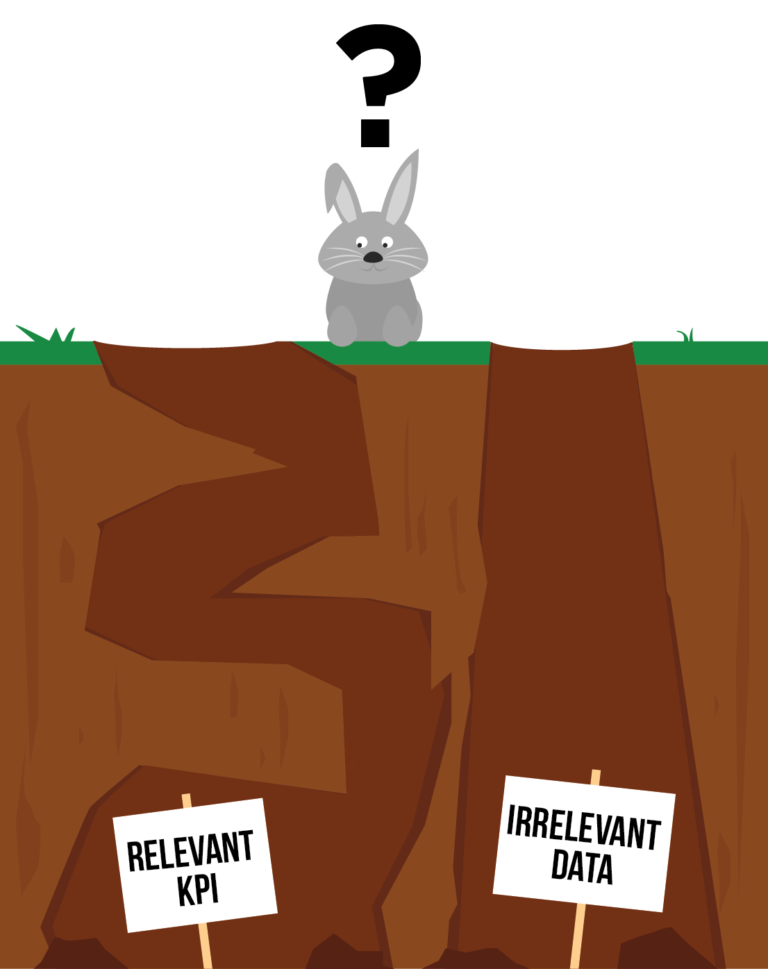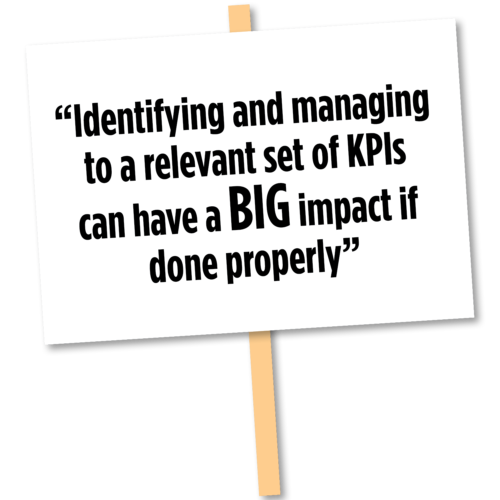KPI Checklist: 9 Key Metrics For Your Next Digital Direct Marketing Campaign
Justin Stauffer Digital Direct Marketing, Marketing Analytics, Response MarketingMetrics for Acquisition and Retention Can Help You Maintain Focus and Increase ROI
Web analytics is fascinating. When properly leveraged they can be a game changer for your digital direct response campaign. But the amount of data available is often also overwhelming. And therein lies the challenge – it’s really easy to focus on irrelevant data.
As practiced digital professionals, before starting a campaign we’ll look to develop a clear objective: “How will we know that we have succeeded?” Armed with that, as a direct response partner, we can determine actionable KPIs (key performance indicators).
How do you measure true effectiveness of a digital direct program?
Defining success varies by organization, as well as your specific marketing and business objectives. Also, don’t assume acquisition and retention KPIs are generic – each has very unique qualities.
But which KPIs are truly worthy of your attention? Oft-measured KPIs, such as the number of pages visited and time spent on a website, usually prove a wasted effort. On their own, they don’t really tell if your campaign is performing well. Is having more visitors navigating throughout your website a sign that it’s performing well? It may prove the opposite. A deeper dive can show your audience is challenged to make a quick, easy decision. They may be forced to search through your site ... provided they’re motivated to investigate to find the answer.
A “worthy” KPI must focus on informing you, the marketer, how a campaign is performing. And indicate actions to help you improve results.
KPIs for Digital Direct Acquisition Programs
An acquisition program should typically focus on clear-cut sales and lead-driven KPIs. The examples should be straightforward:
- Visitor-to-lead-ratio and lead-to-sale ratio. Of the individuals that visited your website, how many became leads? Of those leads, how many convert to sales? Are you getting large numbers of leads, but a smaller number of sales within a channel? This data will typically indicate actions to correct the issue or improve visitors’ experience.
- Sales revenue by channel. Leveraging this KPI will help you better allocate your marketing efforts. Many campaign tactics can effectively drive leads, but which produce the most revenue? It’s best to balance your budgets and efforts informed with what’s working (and what’s not) across social media, email, search advertising, etc.
- Cost per lead. When factoring in media spend and other fees, how much did it cost you to acquire each lead?
- Landing page conversion rate (CVR%). Surprisingly, when it comes to monitoring conversion rates, landing page CVR is often overlooked. Tactics may be effective at driving interest. But are individuals converting when they get to your page/site? (Conversion rate optimization is an important topic worthy of its own future blog post.)
KPIs for Digital Direct Retention Programs
Retention KPIs are less definitive than for acquisition programs. Typical of all retention efforts, success is tougher to measure. For example, retaining ALL customers isn’t always the key to success. Some customers love to search for the lowest price, or latest thing. Do you need to hold onto people essentially looking to churn? Or perhaps they actually no longer need your product or service (e.g., because they’ve moved, or entered a new age cohort). Why spend dollars on people who are ultimately not going to buy? So how do you focus on retaining your best customers?
Here are some important KPIs you can use in a retention program:
- Overall customer lifetime value (CLV). This is arguably the most important metric to track the success of your retention program. CLV shows how much (on average) your customer is projected to spend with you over the duration of your relationship. It is very useful to determine if marketing and sales efforts are profitably targeted. It also helps compute your success in bringing customers back to purchase again. What if you spend more than the dollar amount CLV would indicate to acquire/retain a customer? Then you empirically know you are likely losing money on that relationship.
- CLV by channel. It’s also highly useful to analyze CLV by channel. This is different than looking at KPI for revenue by channel (#2 above). That metric typically looks at initial revenue as opposed to revenue over time. This level of clarity helps you determine which of your marketing programs drive the highest-value customers. Now you can dial up efficiency both in terms of dollars and longevity of the relationship.
- Customer retention rate (CRR). This straightforward KPI measures the number of customers you retain. It also can provide insight into how effective your efforts are over time. It compares the number on your books at the start of an analysis period, versus the end date. To work the equation, simply divide total customers at the end of an analysis period, by total customers at the start. Most CRMs can determine this for you. To grow, a company must have a positive CRR. This metric gives you a good indication of how loyal your customers are — and by extension, how good you are at retaining them. It also provides an ongoing measure of how well new strategies and tactics are working.
- Attrition rate. The opposite of CRR is Attrition Rate. This KPI measures customers that no longer purchase from you. An important metric, as it indicates how much new revenue will need to be realized to keep up with your losses.
- Net promoter score. This metric is compiled by directly asking your customers “How likely are you to recommend our company/product/service?” Customers who are happy with their experience will not only continue to buy from you, but will typically go a step further and recommend your company/product/service to others. It is a useful KPI which a number of our clients track for its influence on retention and referral sales.
 What are you measuring and what are you doing with it?
What are you measuring and what are you doing with it?
We often hear that marketing is both an art and a science. Identifying a relevant set of KPIs, and managing to it, is the science. That science drives the art which we have seen lead to impressive business success continued across a number of years. Without this kind of results-focused analysis, you’re missing opportunities to make smarter, informed decisions about your digital marketing campaign efforts and increase your ROI.
DMW Direct has a tremendous track record of doing this for our clients. Find out how we can help your next campaign.